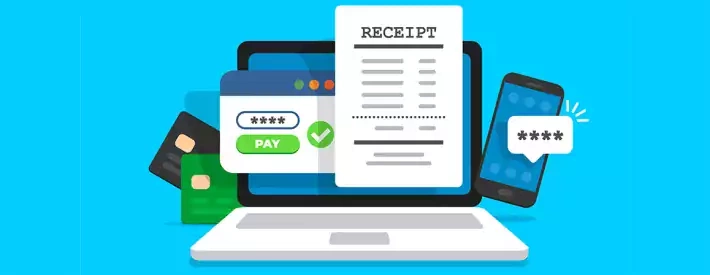How to streamline your business with online payments

Keeping your workshop running smoothly could be as simple as getting an online bookings and payment system. Here’s how, in five easy steps
There have been a lot of peaks and troughs in the MOT business recently. Returning to school, returning from holidays, the loosening of restrictions, the rise of the staycation… it has felt like it has all been engineered to keep small businesses on their toes. But there is a way to reduce the pressure: get customers online.
Neither businesses nor customers want to be overwhelmed by admin, so getting information in advance and being able to take payments online for your services is a brilliant step. Putting your prices on your website is a start, but if you’re going to go to that effort, the next logical step is to allow bookings that way too.
Beyond that, upfront online payments are one further option. They seem to be popular with my customers, and it reassures me that somebody is going to turn up because they’ve already parted with their money.
So, whether you’re new to working online or have been thinking about it for a while, here are five steps to get you set up for success.
1. Know your footprint
Start by checking out your existing online presence. Don’t worry about engaging with every platform; regularly using the one or two that you’re comfortable with will be far more effective than trying to deploy your message across all of them. If Facebook is the only platform you want to use, then Facebook it is.
Make sure your Google page is up to date. For example, remember to check your opening hours. “Google My Business” is an app developed for smartphones that can quickly keep track of how well your listing is performing, as well as pointing out areas for improvement. It’s also free as long as you don’t subscribe to Google Ads or any other additional services.
2. Pick your weapon
Choose a booking platform. You can find some initial options by simply searching for “booking systems” or “appointment websites” online. If you have a self-built website, be sure to check whether your provider offers a solution already, as integrating the provider’s own widgets can be a user-friendly option. Likewise, if you outsource your website, check to see if a booking solution is already on offer.
Update your terms and conditions to suit – and involve your team. You need to make sure everyone is aware of this new method of communication. Also identify who will be responsible for managing it.
3. Get the message out
A booking platform only works if people know you have one. Making sure that it’s visible on your website is a must. Featuring the link prominently on any social media profiles you have will also help your followers learn about this new service.
Remember to include the link to the platform in any reminders you send. If these reminders are already digital, the inclusion of a hyperlink should be straightforward.
If your reminders are paper based, then a QR code can be more useful than a long link, as these can be troublesome to read and/or type out.
4. Be prepared
Managing different streams of incoming work can be difficult. If your ramp is solely used for MOTs, then the set-up is a fairly simple process. In my workshop, for example, the four-post ramp doubles as a four-wheel alignment lane, meaning that a bit of thinking is required to make sure the equipment doesn’t get double-booked.
If you already record your work on a digital calendar, using a booking platform that offers two-way communication should allow the booking system to see whether workshop space is available. Some systems can also reduce the number of online appointments available initially, allowing you to gradually increase your availability as confidence builds in the system.
5. Read the room
Follow up with customers to ask if they liked the new online booking system. Take stock and ask yourself whether it reduces your administration or increases it. This is an easy step to miss, but if the whole point is to reduce your workload, you don’t want the added burden of winning customers back if they didn’t like it or if the system is too clunky to use effectively.




